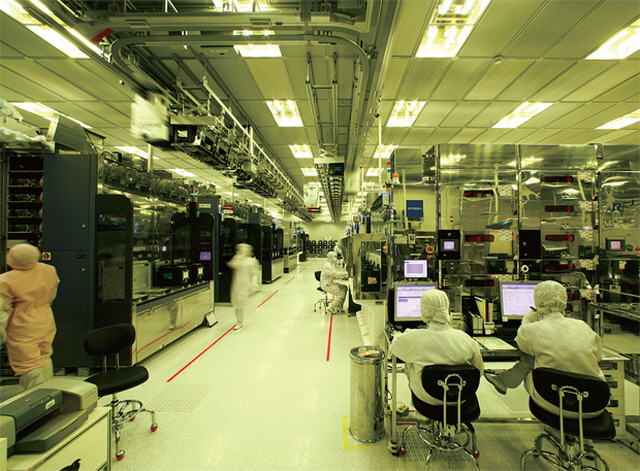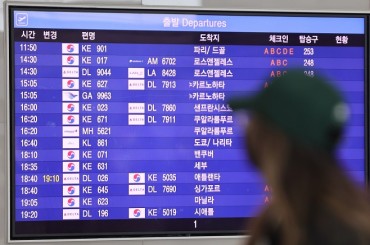
Ultra-pure hydrogen fluoride is used to manufacture memory semiconductors such as DRAM, and NAND flash, as well as high-resolution displays. (image: SK hyinx)
SEOUL, Sept. 5 (Korea Bizwire) — South Korean companies are making progress with localizing production of materials essential for semiconductors and displays, which were previously imported from Japan before restrictions were imposed on them by the Japanese government.
A local company recently succeeded in developing ultra-pure hydrogen fluoride, which was one of the materials that South Korea sourced primarily from Japan.
Ultra-pure hydrogen fluoride is used to manufacture memory semiconductors such as DRAM, and NAND flash, as well as high-resolution displays.
LG Display Co. has already completed tests of domestically produced ultra-pure hydrogen fluoride and began using it in a number of display manufacturing plants.
Hydrogen fluorides with the same level of purity still require testing since they differ in terms of composition.
Localized hydrogen fluoride is expected to be used in semiconductor manufacturing before the end of the year.
Fluorine polyimide, another crucial material restricted by the Japanese government and used for displays, will also be made locally available once SKC, a chemical unit of South Korean energy and telecom conglomerate SK, completes construction of a production plant in October.
Other items with potential for Japanese restriction following South Korea’s exclusion from Japan’s white list, including mask blanks and photomasks, are also available for localization, according to recent reports.
The successful localization of products is leading many in South Korea to look back on their past practices of relying ‘too much’ on Japan.
Since introducing new materials into the manufacturing process requires two or three months of testing, many South Korean companies have been choosing to rely on Japan instead, leading many to assume that they were opting not to localize the materials, even though they had the capacity to do so.
H. M. Kang (hmkang@koreabizwire.com)






